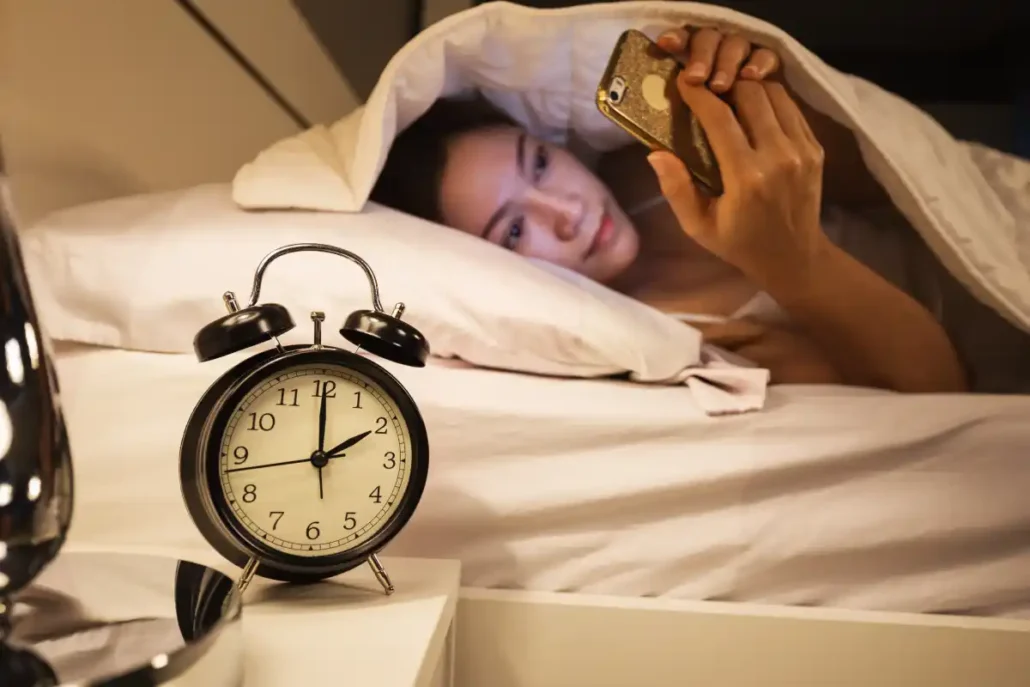A sleep divorce is when you stop sharing a bed with a significant other. For some, climbing into bed at night and snuggling next to your partner is a chance for a little quality bonding time and restful, restorative sleep. Unfortunately, for other couples, sharing a bed makes it difficult to get a good night’s sleep..
Sleep is essential to achieving good overall, and in instances where your bedmate is keeping you from the rest you need, it can feel like a sleep divorce is the only option. But before you make the decision to sleep apart, we recommend you try these four tips to help save your sleep marriage and encourage quality, restorative sleep.
A Sleep Divorce Isn’t Your Only Option
What is a sleep divorce? While it can sound somewhat dramatic, a sleep divorce simply describes couples who’ve agreed to sleep separately, most commonly in separate bedrooms. It’s not a breakup or even a statement on your relationship status, a sleep divorce just means you’ve chosen to prioritize quality sleep over modern sleep arrangements.
In fact, according to Better Sleep Council research, many couples are divided on whether they get a better night’s sleep alone or with someone else—45% say they sleep better alone and 45% say they sleep better with someone else.
- Nearly two-thirds of adults share a bed with a partner at least once a week.
- 47% of adults who live with their partner sleep on a king-sized bed.
- Men are more likely than women to report sleeping better with a partner (51% vs. 40%).
- Older adults are more likely than younger adults to say they sleep better with a partner (52% vs. 39%).
But just because you’re struggling with sleep doesn’t mean you (or your partner) need to camp out on the couch. Before you break up in bed, try making the following adjustments to your sleep routine.
Tip #1: Acknowledge Your Sleep Patterns & Preferences
The first step to achieve better sleep while staying in the same bed is to identify your sleep patterns and acknowledge your nighttime preferences.
By recognizing your unique bedroom tendencies and preferences, you can more effectively make adjustments to work towards healthier sleep habits and a better night’s sleep for both you and your partner.
| Common Tendencies & Preferences | Potential Sleep Solutions |
| Snoring |
|
| Night Owl vs Early Bird |
|
| Hot vs Cold Sleeper |
|
| Light Sleeper |
|
Tip #2: Turn to Technology
Depending on the sleep patterns and preferences you identified, technology can offer a range of assorted solutions.
Accommodating Alarm Clocks are a great option if you wake up earlier than your partner. Instead of a loud alarm that wakes you both up, consider a vibrating alarm clock that you stick under your pillow to wake you up with a gentle pulsation while leaving your partner fast asleep.
Noise machines can be extremely beneficial for couples with different sleep patterns. They can mitigate noisy environments and create a soothing sleep environment. Try white or brown noise to promote restful sleep.
Sleep Apps & Wellness Trackers not only track sleep and wakefulness patterns, but they can also offer sleep advice and suggestions on how to improve your sleep. Some programs can prompt you through relaxation techniques and ones that can pair with other devices (alarms, smart speakers, and more) to optimize your sleep.
Tip #3: Try the Scandinavian Sleep Method
Blankets and comforters can be a point of contention for many couples. One partner may like to be warm and cozy, while the other prefers the temperature a little cooler, not to mention the tugging and pulling that can occur throughout the night when both partners are sharing the same cover.
If this is something you struggle with, try the Scandinavian sleep method! Popular in Finland, Sweden, and Norway, the Scandinavian sleep method simply describes a sleeping situation in which a couple sleeps with two comforters on the bed instead of one.
This way, there’s no arguing over blankets being tugged away during the night or covers being too hot or too cold; each person can have their own comforter just the way they like.
Tip #4: Switch to a “Split King”
Not only does a “split king” offer plenty of room to spread out and make your partner’s movements less noticeable, but many “split kings” provide the added benefit of respective mobility, allowing each side of the bed to move independently from the other.
A “split king” can be made with two twin beds connected by the same frame or base, or you can purchase a “split king” mattress that features a split halfway down, from the head to about the center. Both versions of a “split king” enable independent adjustments so you can raise or lower your side of the bed without bothering your partner.
Conclusion
For many couples, it’s important to find ways to sleep together without disrupting the quality of each other’s rest. By following the tips above and considering alternative sleep solutions when necessary, couples can save their sleep marriage and enjoy a lifetime of restful, rejuvenating sleep.



